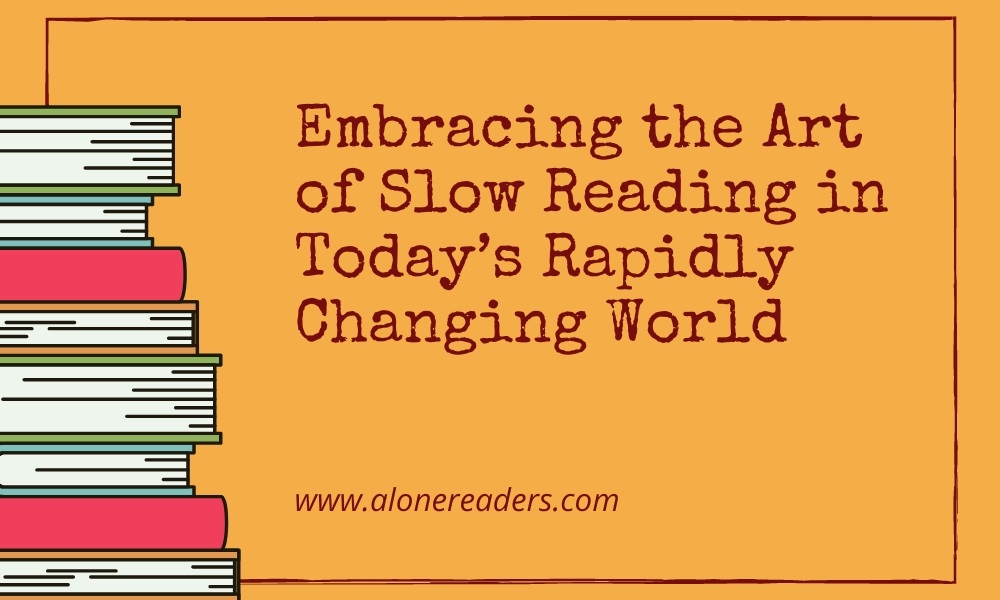
In the digital age, where information zips by us at lightning speeds, the ancient art of slow reading has become a powerful counter-movement. This method, which emphasizes a deliberate and thoughtful approach to reading, encourages readers to engage deeply with text, fostering comprehension and critical thinking. Slow reading is not just a method of reading; it's a form of intellectual meditation that has the potential to transform our minds and our understanding of the world around us.
At its core, slow reading is about quality over quantity. In a society dominated by tweets, sound bites, and scrolling news feeds, slow reading beckons us to pause and immerse ourselves fully in a text. This approach allows us to savor the language, ponder the ideas, and let the narrative resonate on a deeper emotional and intellectual level. It's about making a conscious decision to not skim the surface but to dive deeper into the waters of knowledge and insight.
The benefits of slow reading are manifold. For one, it significantly improves comprehension. By spending more time with the text, readers can better grasp complex concepts and follow intricate arguments. This deeper engagement also enhances retention; when we read slowly, we give our brains time to integrate new information into our existing knowledge framework, solidifying our memory of the material.
Furthermore, slow reading can dramatically increase our empathy and understanding of others. Literature, in particular, offers a unique window into different perspectives and experiences. By taking the time to fully inhabit a story, readers develop a greater capacity to understand and empathize with characters, which can translate into real-world interpersonal skills.
Another key advantage of slow reading is its ability to reduce stress. In our high-speed, multitasking reality, slow reading acts as a form of mental deceleration. It gives us permission to focus on one thing at a time, which can be a soothing antidote to the chronic overstimulation of modern life. Engaging deeply with a text can be a meditative practice that calms the mind and soothes the soul.
Despite its benefits, integrating slow reading into our daily lives is not without challenges. The biggest obstacle is often finding the time. Our schedules are packed, and the temptation to consume information quickly is strong. However, committing to slow reading doesn't require endless free hours; even setting aside 20-30 minutes a day can be beneficial. It's about prioritizing quality and depth in our reading practices, choosing to engage more fully whenever we have the opportunity.
To get started with slow reading, choose texts that genuinely interest you. The pleasure of reading is a critical component of the slow reading experience. Whether it's fiction, non-fiction, poetry, or philosophical works, select books that challenge and intrigue you. Then, create a conducive reading environment free from distractions. This might mean turning off electronic devices or finding a quiet corner in your home or a park.
Another technique is to take notes or journal about what you read. Writing down thoughts and reflections can enhance understanding and retention. It can also make the reading experience more interactive and personal.
As we move forward, it's important to recognize that slow reading is not inherently at odds with the digital world. E-readers and tablets can also be tools for slow reading if used wisely. The key is to use technology in a way that supports deep engagement rather than detracts from it.
In conclusion, slow reading is more than just a technique; it's a philosophy of education and a way of life that advocates for a more thoughtful, contemplative approach to information. As we navigate a world that values speed and efficiency, slow reading offers a refreshing counterbalance, reminding us of the profound joy and insight that come from truly engaging with the written word. Embracing slow reading is not just about becoming a better reader—it's about becoming a more thoughtful, mindful, and empathetic person.